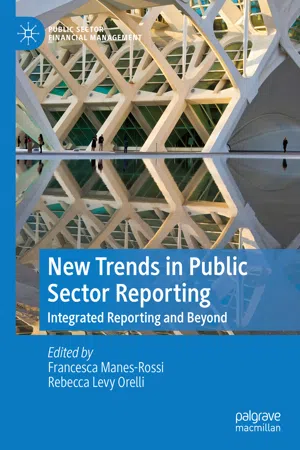Introduction
Government ownership used to characterize the rail industry . Apart from several exceptions concentrated mostly in North America, governments owned and operated rail companies, the majority of which were unprofitable. The main reason for the governments in sustaining these rail operations was achieving social goals. But the privatization waves started in the eighties spread to the rail industry. As parts of this tendency, governments tended to commercialize their state-owned rail companies to make them follow a more profit-oriented path, liberalized the once monopolistic rail activities to allow private parties to operate, and privatized their rail-related enterprises to reduce their burden on the public budget and improve their efficiency. All such efforts created a more competitive environment in the rail industry and increased the number of private rail companies.
Contrary to the government-owned rail enterprise, private rail companies now have to operate in a relatively different playing field. They have private shareholders, whose expectation is to maximize their wealth. Unlike public rail companies, which are backed by the governments when they require necessary funds, private rail companies need to borrow from creditors. Moreover, in a world of financial scandals like Enron, Tyco, and Arthur Andersen, private companies should meet the transparency expectations of their shareholders and creditors. In such a business environment, corporate governance mechanisms serve to ensure a win-win situation for all parties involved in the equation. The shareholders are benefiting from corporate governance by monitoring the company management to behave at their interest. Corporate governance helps lenders to reduce the likelihood of not receiving their loans back. In turn, corporate governance enables companies to borrow with lower interest rates (Bhojraj and Sengupta 2003) and decrease their cost of equity (Chen et al. 2009).
In addition to corporate governance, the social and environmental actions of companies have been attracting growing interest. Consumers and individual investors are demanding companies to be socially and environmentally responsible in any decision and action they make, ranging from labor relations to production technologies. Therefore, like in the case of corporate governance, companies with better social and environmental responsibility practices can attain a lower cost of equity [(El Ghoul et al. 2011) and (Dhaliwal et al. 2014)] or they can reach higher market valuations (Plumlee et al. 2015).
For all these reasons, environmental, social, and governance (ESG) disclosure activities became a powerful tool for companies to improve their financial competence, enhance their relationships with stakeholders, and improve their public image. In parallel, the literature is growing on the ESG reporting performance of companies. However, despite this growing literature, the disclosure performance of rail companies remained almost totally untouched. This aim of this chapter is to fill this gap by examining the determinants of the ESG reporting performance of publicly traded rail companies. Our particular focus will be on the association between government ownership and ESG disclosure performance—because, against the privatization waves in the rail industry, many governments maintain their partial stakes in privatized rail companies (because of the strategic importance of the sector). We believe that the findings of this chapter can contribute to both ESG reporting and privatization literature. Our analyses, based on a sample of 33 rail companies from 9 countries over the 2010–2017 period, suggest that government ownership, board size, percentage of independent directors, company size, and financial leverage have a positive association with ESG disclosure scores, whereas higher profitability and tangibility ra...
